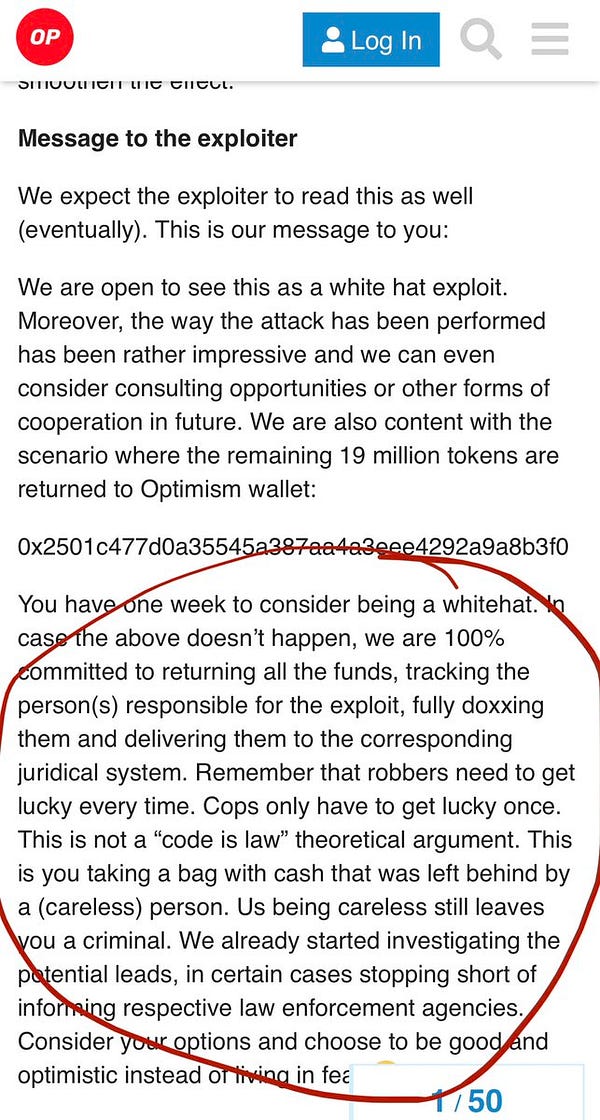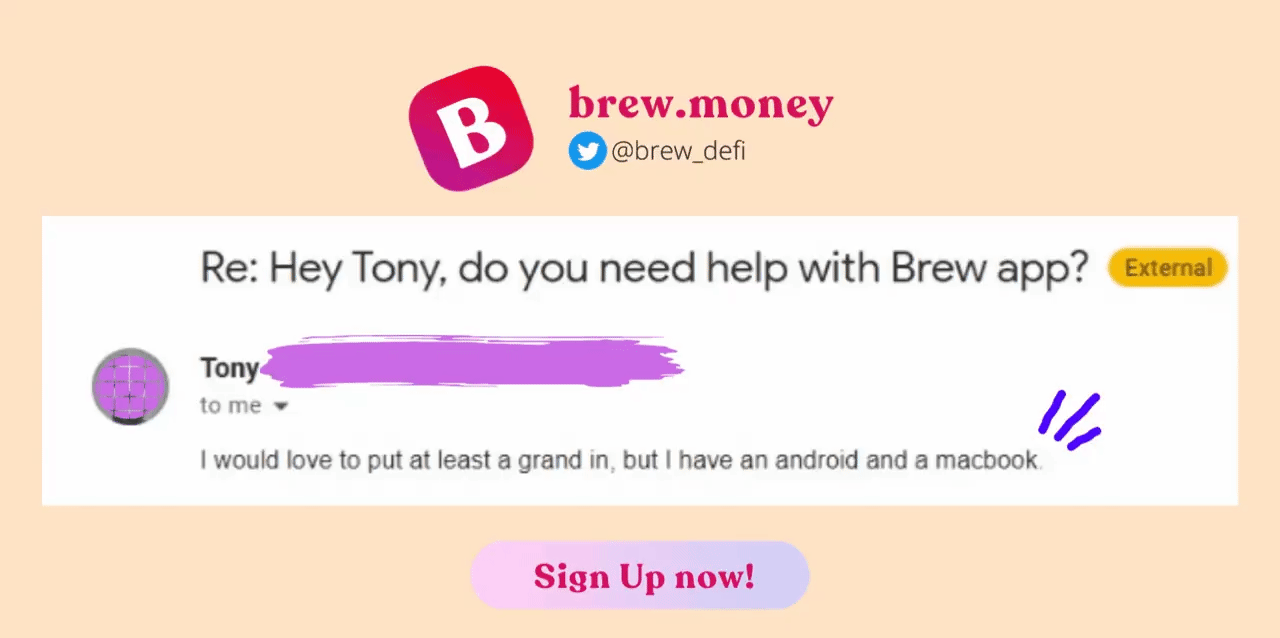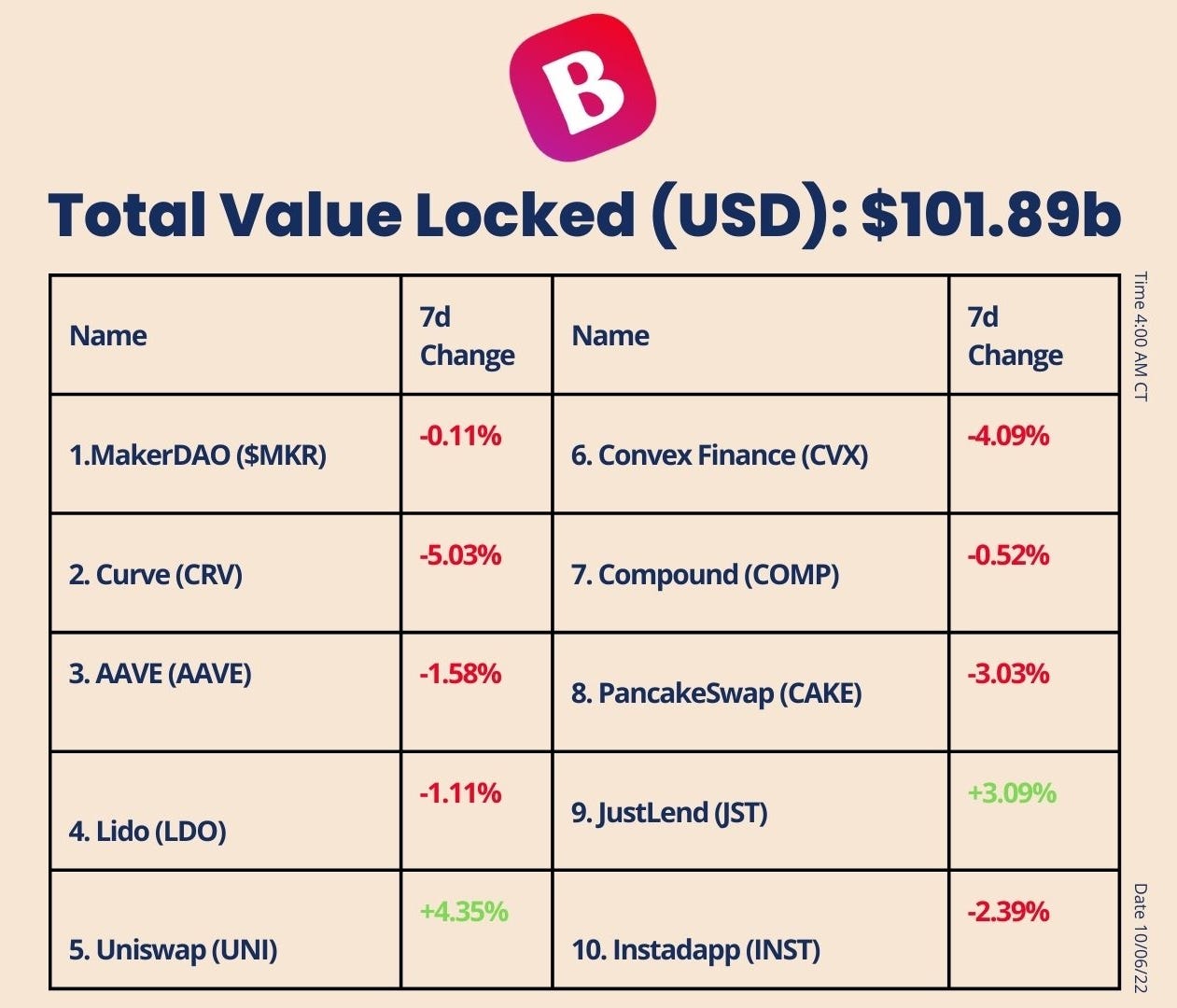Jay-Z, Jack Dorsey, and the hacker who returned 17M OP Tokens!
L1 & L2 Scaling Solutions explained..
👀This just in:
Two weeks back, an anonymous hacker stole 20M OP tokens. This happened when Optimism was in the process of sending the tokens to market maker Wintermute so that it can more efficiently distribute them in an airdrop to Optimism stakeholders.
After the hacker assumed the ownership of 20M OP tokens, Wintermute wrote a rather co-operative note to the hacker:


The hacker then returned 17M OP tokens & sent 1M to Vitalik.
Never a dull moment in crypto - is it? 💁♀️
101 today:
A topic we explain —
L1 & L2 Blockchain Scaling Solutions.
Major happenings in the ecosystem —
Jay-Z, Jack Dorsey, a $5M attack & L1 and L2 scaling solutions explained!
One Topic:
L1 & L2 Blockchain Scaling Solutions
DeFi has grown exponentially in the past few years. And, despite the recent downtrends, DeFi adoption is only increasing:
To accommodate this increasing volume of users, transactions, & data, and to compete with legacy financial systems, blockchain networks need to scale.
Note: The metric most used to indicate scalability issues in blockchain networks is TPS or Transactions per second. For context, Bitcoin processes 4-5 TPS, Ethereum functions on a 12-15 TPS limit, and legacy financial systems like Visa handle 1700 TPS. Low transactions per second often result in higher congestion on the network. The higher congestion translates to higher gas prices. Have a look at this Ethereum’s network congestion visually via TxStreet.
To combat this, modular blockchains & scaling solutions have been introduced in form of L1 & L2 scaling solutions.
Read More: How does Ethereum work in an ELI5 format by Vitalik, the founder of Ethereum himself.
Let’s take the example of Ethereum’s scaling solutions to understand these terms.
L1 Scaling Solutions:
L1 scaling solutions are implemented on-chain of a blockchain network. Hence, they are called Layer 1 Solutions (solutions on the main blockchain network.) These L1 Solutions change the rules of the mainnet directly to improve scalability through TPS, speed, and accommodate more users.
One of the major L1 Scaling Solutions of Ethereum introduced is Sharding where new chains or ‘shards’ will be created on the network to distribute the network’s load. However, sharding is expected to be launched in 2023 - much later than The Merge.
Find out: The timeline of Ethereum’s upgrades leading up to The Merge explained in an ELI5 format.
Read more: Why is Sharding great by Vitalik Buterin.
L2 Scaling Solutions:
L2 Scaling solutions are implemented off-chain of a blockchain network that solves for scalability issues. Today, a number of L2 solutions such as state channels and off-chain rollups have been introduced.
More on Ethereum’s L2 Scaling Solutions by Bankless.
What are State Channels?
State channels allow participants to make unlimited private transactions such as state changes or money transfers off-chain without committing all of the transactions to the Blockchain. Only the initial and final state of transactions are committed to the main blockchain. A Payment channel is an implementation of the state channels, that deal with money transfers.
Understand payment channels & State channels through the following example:
If you were to look for a real world example of a payment channel, imagine the following scenario: you frequently purchase food at a restaurant, but only pay in checks (as this is most convenient for you) — whenever a check is cashed, though, there is a $5 fee from the bank cashing the check for the restaurant. Now, with each check averaging ~$15, this is a 33.33% transaction fee, effectively. So, what do we do?
The situation plays out in the same manner with you paying by check to the restaurant except in that each time you write a new check, you increment it by the value of the previously written check that you gave the restaurant and rip apart the previously written check. This allows the restaurant to have a signed check for the running total that you owe to them, enabling them to handle multiple transactions with only one bank interaction (mitigating the bank’s transaction fee)….
The above example has been taken from Eric Olszewski’s blog State Channels for Dummies. Continue reading it here.
More on State Channels:
Making sense of State Channels | A detailed post on State Channels | Detailed Technical post by Liam Horne
What is the meaning of Rollups?
The concept of Rollups was introduced as ‘shadow chains’ by Vitalik Buterin in 2014. Rollups execute transactions outside the mainnet Ethereum and send the transaction data back to it. This reduces the load on the network.
A more detailed explanation of Rollups by Jagdeep Sidhu, CTO of Blockchain Foundry:
This enables the creation of a form of scaling which is not as cost prohibitive on the Ethereum blockchain as smart contract executions (computation) are moved elsewhere, through the use of merkle trees and fraud proofs, and later, validity proofs. Don’t worry if you do not understand what merkle trees are. Understanding the mechanics isn’t required in order to appreciate why these advancements are important for unlocking greater potential for smart contract blockchains generally. The idea is that execution work is done off-chain, and some nodes or a sequence of nodes provide a state update to the Ethereum main chain, which if valid, unchallenged or unsuccessfully challenged (depending on rollup type), will represent the new state of the rollup.
Continue reading it here.
To be continued in our next edition…stay tuned!
Now, on to an exciting update:
Our last Twitter Spaces Event with @thedefiprincess turned out to be really fun & we had an amazing conversation with her & our audience on all things DeFi.
We have @economiserly joining us next on 14th June, 7 PM IST / 8:30 AM CST! He is an economist, a data scientist, and is super passionate about how blockchain technology can be used to improve living standards across the world. Set your reminders here👇🥳

Find his thoughts on inflation here:


Oh and, thanks, Tony!😎


Earn up to 10% APY on blue-chip DeFi protocols.
Questions? DM us.
In Other News:
👀Jay-Z & Jack Dorsey have teamed up!


👀Osmosis hit by a $5M attack:


Today’s Special:
Handshake is a decentralized naming system for a decentralized web.
Top level domains like .com, .net, and .org exist in a root zone controlled by ICANN — an organization tightly gatekeeping access. Handshake doesn’t replace ICANN’s root zone but extends it so that anyone can own a top-level domain.
The root zone is the base layer of DNS, which is the base layer of the human-readable web. With Handshake, new peer-to-peer internet services are possible starting with trustless domain ownership, trustless domain security, and trustless web browsing. Developers are building peer-to-peer messaging, search, email, storage, compute, VPNs, CDNs, and more around these self-sovereign namespaces.
For additional information, check out The Shake, a newsletter and website on Handshake and the Decentralized Web.
That’s it for today, folks. 🪄
If you liked this version of DeFi Fridays, want to recommend any changes, or request a topic, just reply to this email. Or comment below. Whatever suits you! 😎
See ya next Friday. 🧢
Disclaimer:
Through reciprocal agreement, Handshake and Brew Money are mentioning each other in their respective newsletters this week.
Nothing mentioned in this newsletter is financial advice. #dyor crypto friends!






